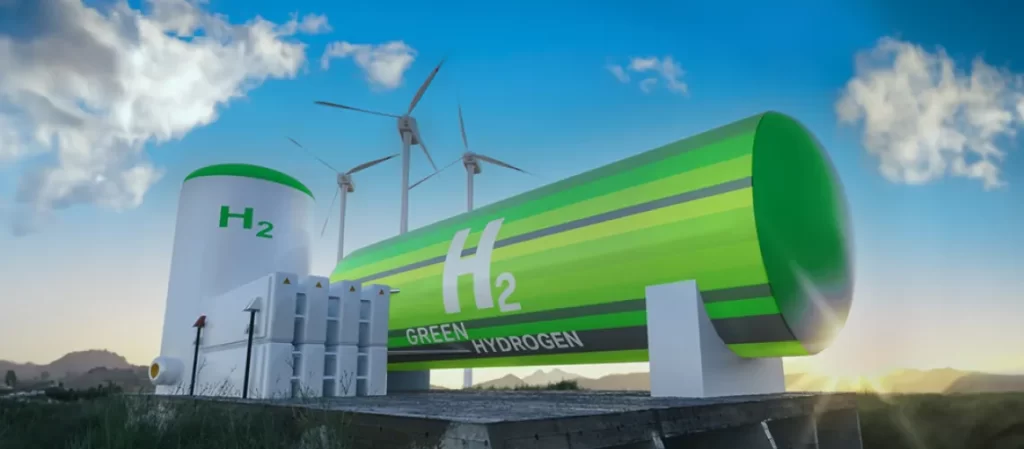The fight against climate change demands innovative solutions, and green hydrogen is emerging as a powerful weapon in our arsenal. This clean fuel, produced using renewable energy sources like wind and solar, holds the potential to eliminate our reliance on fossil fuels, particularly in hard-to-decarbonize sectors, and pave the way for a net-zero emissions future.
But the benefits don’t stop there. Green hydrogen can also be a catalyst for inclusive growth and better jobs. By investing in local production facilities and infrastructure, developing countries can tap into their vast renewable resources and create economic opportunities for their communities. This not only reduces their exposure to volatile oil prices but also contributes to cleaner air and a greener future.
#GreenHydrogen is vital for the energy transition, potentially eliminating reliance on fossil fuels while contributing to net-zero emissions.
Latin America & the Caribbean, w/ vast #RenewableEnergy sources, are poised to lead the clean energy revolution: https://t.co/Pa5XZ3BMhh
— World Bank (@WorldBank) February 25, 2024
The time to act is now. With renewable energy prices falling and technological advancements accelerating, the opportunity to deploy green hydrogen on an industrial scale is ripe. To achieve this, however, a two-pronged approach is crucial:
1. Infrastructure and Policy Support: Governments need to invest in infrastructure development that facilitates green hydrogen production, storage, and transportation. Additionally, supportive policies that encourage private sector participation are essential to attract investments and accelerate the industry’s growth.
2. Local Production and Innovation: Developing countries with abundant renewable resources like Latin America and the Caribbean have the potential to become global leaders in green hydrogen production. This can create local jobs and value chains, decarbonize hard-to-abate sectors, and enhance the competitiveness of local industries.
The Chilean Example:
Chile’s recent $150 million project with the World Bank showcases the power of green hydrogen. This innovative project, the first of its kind, will establish a green hydrogen facility, provide blended finance and risk mitigation instruments, and create a multiplier effect by attracting private sector capital. This model can be replicated by other developing countries, turning their renewable resources into economic engines and environmental solutions.

Joining the Green Hydrogen Revolution:
Several countries in the region are already taking steps towards green hydrogen, including Brazil, Colombia, and Uruguay. The World Bank is actively supporting these efforts, helping governments identify investment opportunities, tackle technological challenges, and realize the economic potential of this clean fuel.
The recent green hydrogen hub project in Brazil further demonstrates the commitment to this transition. This shared infrastructure project, with a $135 million investment, will facilitate the movement of ammonia and other hydrogen products, paving the way for a thriving green hydrogen industry in the country.
The road ahead is clear: scaling up green hydrogen is crucial for a sustainable future. By fostering inclusive growth, creating better jobs, and reducing emissions, this clean energy solution can power our world while protecting our planet. Let’s join hands and accelerate the green hydrogen revolution, creating a future that is prosperous, equitable, and sustainable for all.
